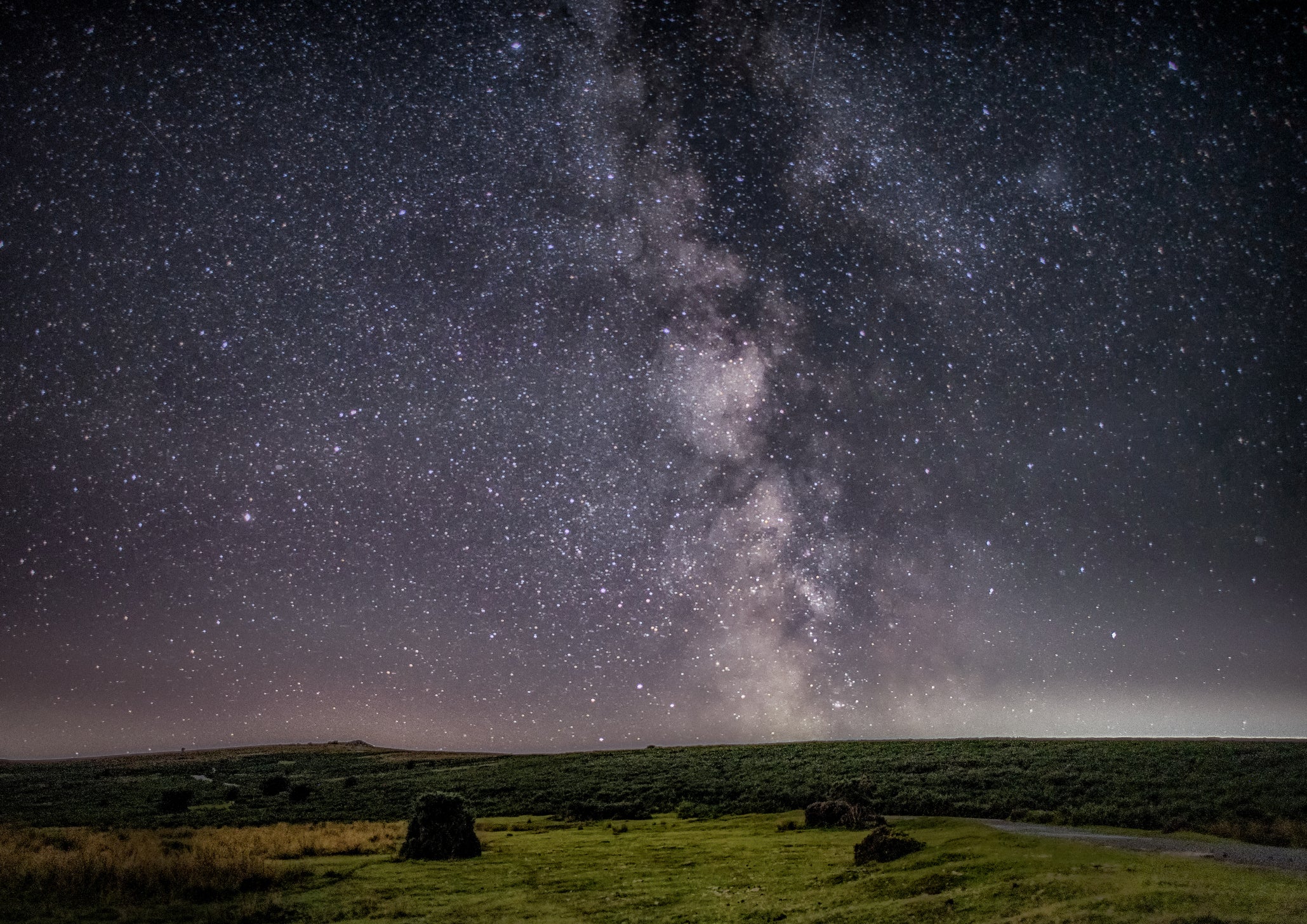Scientists find galaxies that are releasing intense, mysterious blasts of energy

Scientists have built a detailed inventory of galaxies that are releasing the intense, mysterious blasts known as short gamma-ray bursts or SGRBs.
The new study found that many more of the blasts are coming from the distant universe, when it was much younger, than we had previously realised. The galaxies that released them appear to be young ones that were still forming stars, the scientists found.
And the researchers also discovered that many of the SGRBs were coming from far outside of their host galaxies, as if they have been thrown out of the ones that previously hosted them. Scientists are not sure how they were able to travel so far from their galaxies.
The new findings come from the biggest ever catalogue of galaxies that play host to such SGRBs, which includes 84 in total. The scientists behind it hope that it can allow them to better understand still largely mysterious blasts of energy that seem to arise when two neutron stars smash into each other.
The bursts are among the brightest explosions in the universe. Though the gamma-rays last only seconds after the explosion, the light or afterglow unleashed in the crash can last for hours, which allows scientists to watch them.
But they are rare, with only a few detected and found each year. As such, building a catalogue of enough SGRB host galaxies can prove very useful to scientists who are hoping to study them.
Cataloguing those rare events is a way for scientists to study merging neutron stars. Even after years of study, it is still unclear which galaxies will throw them out, and the mechanics that give rise to them.
The conclusions of the first studies using the catalogue are released in two papers in The Astrophysical Journal. The first indicates that the SGRBs are coming from earlier times int he universe than scientists had previously released, and further from their centres of their galaxies – while the other suggests that they are are much younger than realised.
Previously, scientists had thought that SGRB galaxies were mostly old and approaching their death. The new study, however, found that about 85 per cent of them are from young galaxies, suggesting that neutron stars can form in a wide array of different environments.
The researchers behind the new catalogue hope that it will also prove useful in understanding both the SGRBs and the galaxies that host them. As scientists discover more about the bursts – including viewing neutron star mergers through gravitational wave detectors – the catalogue should prove a useful reference point to better understand the uni
“The catalog can really make impacts beyond just a single class of transients like sGRBs,” said co-author Yuxin “Vic” Dong, an astronomy PhD student at Northwestern University, in a statement. “With the wealth of data and results presented in the catalog, I believe a variety of research projects will make use of it, maybe even in ways we have yet not thought of.”
Scientists also hope to find even more host galaxies, even fainter than those detected already. That may be possible with the James Webb Space Telescope, or JWST, which has already delighted the scientists who hope to examine the most distant reaches of the cosmos.
“I’m most excited about the possibility of using JWST to probe deeper into the source of these rare, explosive events,” said Anya Nugent, a Northwestern graduate student who led the latest research, in a statement. “JWST’s ability to observe faint galaxies in the universe could uncover more sGRB host galaxies that are currently evading detection, perhaps even revealing a missing population and a link to the early universe!”
Join our commenting forum
Join thought-provoking conversations, follow other Independent readers and see their replies
Comments
Bookmark popover
Removed from bookmarks